Lesson 7
Completion requirements
Created by IMSreader
1. Lesson 7
1.1. Are You Ready?
Module 6: Proportional Reasoning
Are You Ready?
- What makes a prism different from a pyramid? Answer
- Look at the 3-D objects in the illustration. Identify whether each one is a prism or a pyramid.
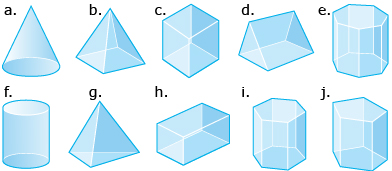
Answer
- Determine the surface area of the following pyramid to the nearest square inch.
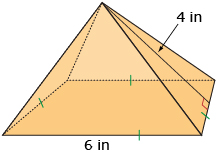
Answer
- Determine the surface area of the cylinder to the nearest square centimetre.
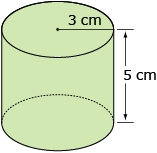
Answer
- Determine the surface area of the following prism, rounded to the nearest square centimetre.
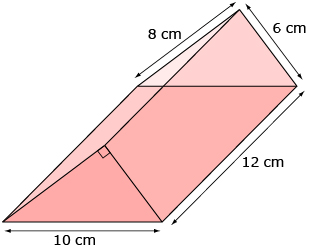
Answer
- Consider the net shown. What does this net represent?
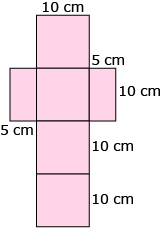
- A cube with a side 10 cm.
- A box with a length and width of 10 cm and a height of 5 cm.
- A box with a length and width of 5 cm and a height of 10 cm.
- This net does not represent a box.
- A cube with a side 10 cm.
- Find the surface area of the following sphere to the nearest square metre.
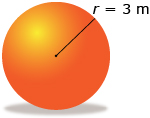
Answer
- Determine the radius of a sphere with a surface area of 64π cm2. Report your answer to the nearest centimetre. Answer
- Determine the surface area of the following cone to the nearest square foot.
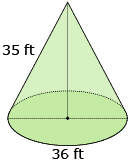
Answer
- What are some differences between area and volume? Answer
- What is the formula for the volume of a rectangular prism? Answer
- Find the volume of a rectangular prism with a length of 14 m, a width of 3 m, and a height of 2 m. Answer
- How could you find the volume of a 3-D object without multiplying or using a formula? Answer
- Find the volume of the triangular prism shown here.
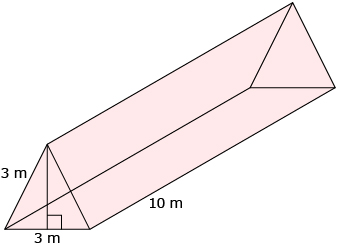
Answer
- Find the volume of the square pyramid shown in the diagram.
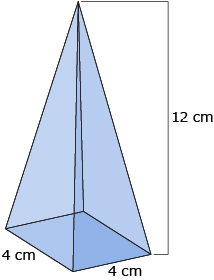
Answer